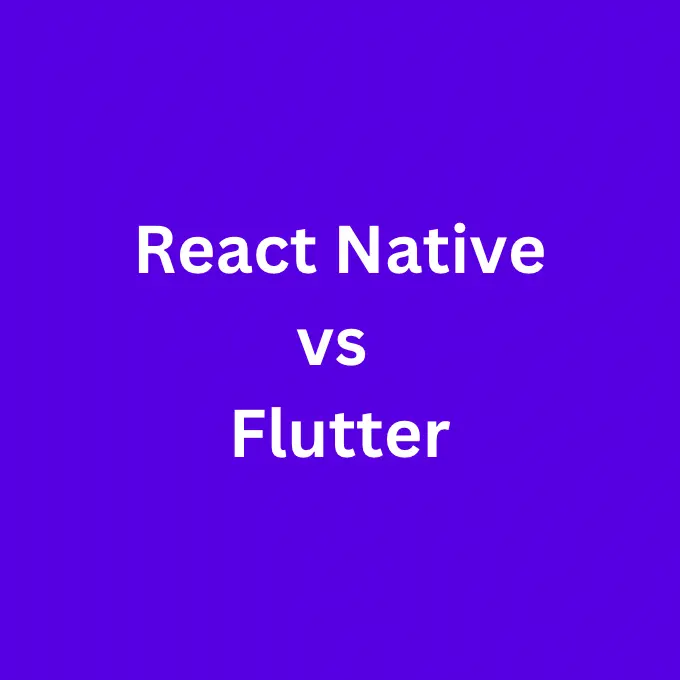· 3 min read
React Native vs Flutter
React Native and Flutter are popular frameworks for building mobile apps, React Native is based on JavaScript and has a large and active community, while Flutter is based on Dart and has a unique feature called hot reload which speeds up the development process. Both have their own strengths and weaknesses and the choice between them often comes down to personal preference and the specific needs of a project.

Flutter and React Native are both popular frameworks for building mobile apps. They have their own strengths and weaknesses, and the choice between them often comes down to personal preference and the specific needs of a project.
Flutter, developed by Google, is a relatively new framework that was first released in 2017. It is based on the Dart programming language and uses a reactive programming model, which allows for a smooth and responsive user experience. One of the main advantages of Flutter is its hot reload feature, which allows developers to make changes to their code and see the results immediately, without having to rebuild the entire app. This can greatly speed up the development process.
React Native, on the other hand, was first released by Facebook in 2015. It is based on JavaScript and uses a declarative programming model, similar to React, which is a popular JavaScript library for building user interfaces. One of the main advantages of React Native is its large and active community, which has created a vast library of pre-built components and modules that can be easily integrated into a project.
Flutter and React Native also differ in terms of performance. Flutter uses its own rendering engine, which can provide better performance and a more consistent look and feel across different platforms. However, React Native uses the native components of the platform it is running on, which can result in better performance for certain types of apps, such as those with a lot of animations or complex gestures.
In terms of learning curve, React Native has a lower barrier to entry as it uses JavaScript, a language that is widely known, but Flutter is also not that difficult to learn as it uses Dart which is also a very easy and powerful language.
Another important consideration when choosing between Flutter and React Native is the type of app you are building. Flutter is a good choice for apps that require a high degree of customizability, such as gaming apps or those with complex animations. React Native, on the other hand, is better suited for apps that need to be integrated with existing systems or that rely heavily on pre-built components.
In conclusion, both Flutter and React Native are powerful frameworks for building mobile apps, and the choice between them will depend on the specific needs of your project and your own personal preferences as a developer. Both are actively maintained and have large communities, so it’s worth evaluating both options before making a decision.